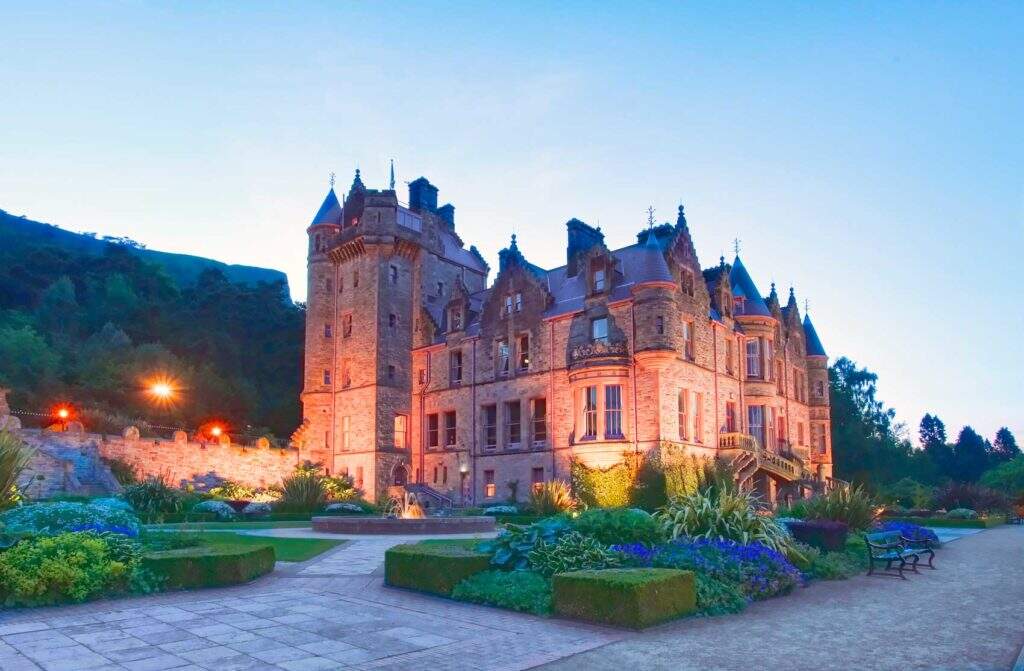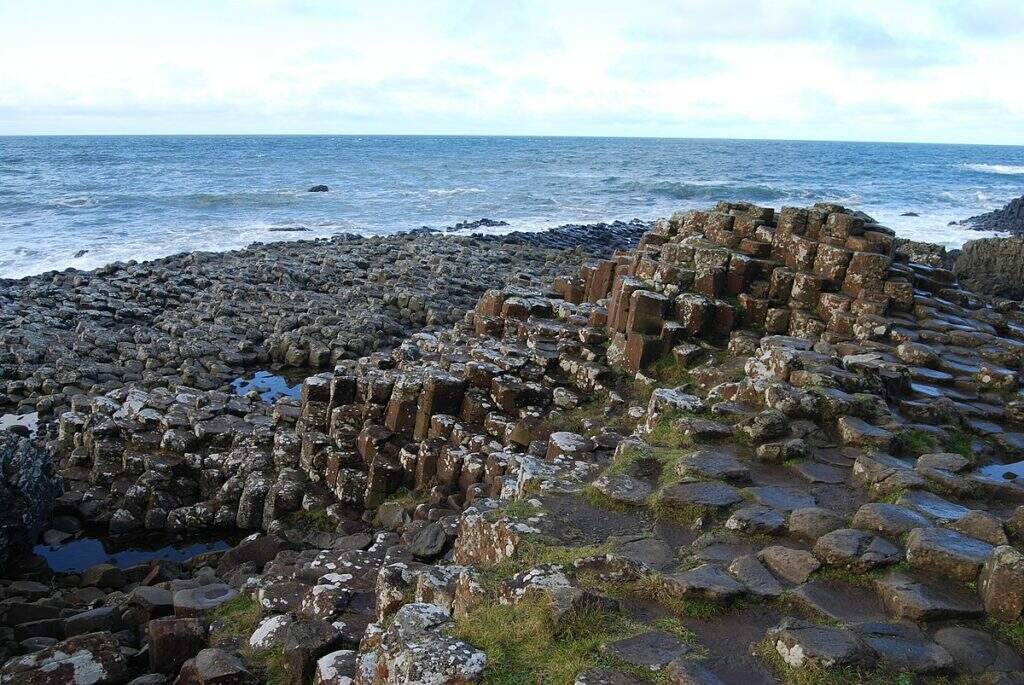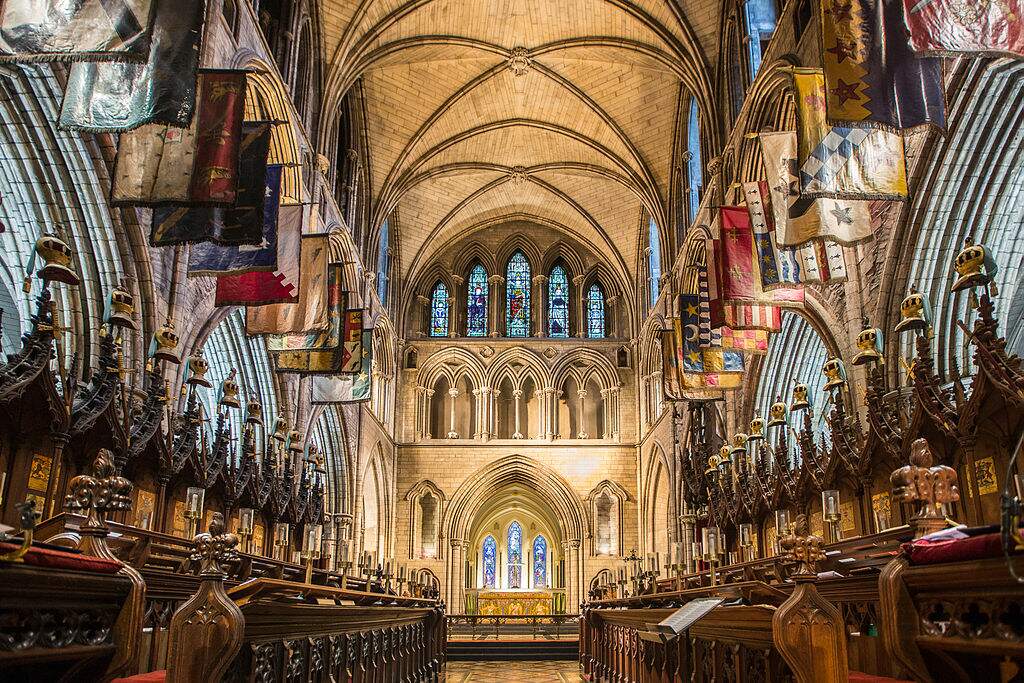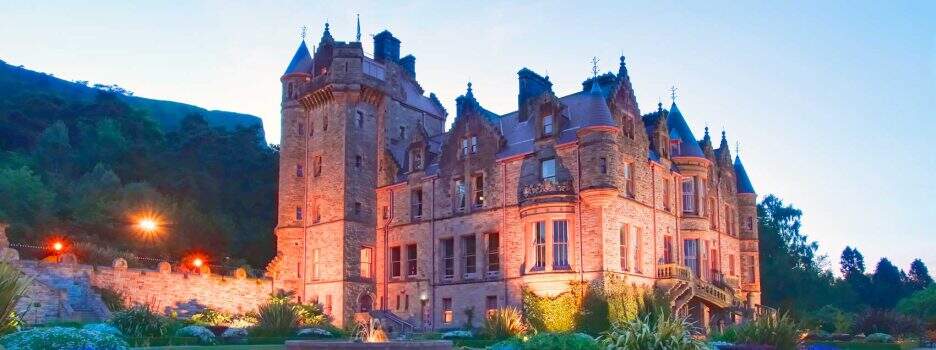Legendary landscapes, stunning scenery, welcoming cities, elegant castles and idyllic nature are some of the attributes you can find on a trip to Ireland.
The tour starts in Belfast, the capital of Northern Ireland. Visit the city's Castle, built on the slope of Cavehill Hill in Scottish baronial style. Here there are mosaics designed by Sir Charles Nicholson and the mural dedicated to Saint Patrick. Finally, City Hall, with its classic Edwardian Renaissance architecture and botanical gardens.

Next, the House of Parliament (Stormont) with a Greek neo-classical style designed by Sir Arnold Thornley. And also, the Ulster Museum, also with a vast collection of Irish, European and American art, historical and archaeological artifacts and treasures from the Spanish Armada.
Do some shopping here between Donegall Place and Royal Avenue, in internationally renowned and traditional establishments, with excellent quality local products. Additionally, St. George's Market is another unmissable shopping area.
One of the eight wonders of the world

After the Belfast tour, get ready for one of the eight wonders of the world: the Pavement of the giants. This unique geological formation was formed due to the cooling of magma around 60 million years ago and attracts thousands of tourists from all over the world. From here onwards we head to the cities of Derry (Londonderry) and Sligo, a stunning and rugged landscape in County Donegal.
Derry, located in the extreme northwest of Ireland on the banks of the River Foyle, is the second largest city in Northern Ireland. Its history dates back more than 1500 years. Here you can visit the 17th-century city walls, the Tower Museum, Guildhall Cathedral, and St Augustine's Chapel.
Between the Atlantic coast and the mountain scenery
In the coastal town of Sligo, situated between the Atlantic coast and the mountainous backdrop of Dartry and Ox, there is a sightseeing tour of the Abbey and Famine Memorial in honor of the victims of the 19th century Potato Famine and the emigrants, who set out in search of a better life in other countries.
Still on the way to Galway, you will pass through Kylemore, home to the medieval Benedictine Abbey built during the 12th century. It is a city known as the City of Tribes, named after the ancestral families of the 14th and 15th centuries, who governed the city.
Galway, Republic of Ireland
Galway, elected the European Capital of Culture in 2020, maintains trade relations with Spain, an influence that is reflected in the architecture. Notably, the Spanish Arch and Parade. Other places to visit are Eyre Square and the University.
The Burren National Park, in the northwest of the country, between the Atlantic and Galway Bay, is another place to visit. As well as the cliffs of the Cliffs of Moher, more than 120 meters high over the Atlantic Ocean, from where you can see the Aran Islands on clear days. Then it's time to head to Limerick, where you can visit Bunratty Castle and the surrounding area.

In Cork city are Blarney Castle, St. Anne's Church, the Old English Market, Cork Heritage Park, Crawford Art Gallery and St. Patrick's Street. Located on the west coast of Ireland, Cork is a lively city with no shortage of places to enjoy a good beer or whiskey, such as An Bodhran on Oliver Plunkett Street or An Spailpin Fanac on South Main Street.
The medieval capital of Ireland
On the way to Dublin is Kilkenny, the medieval capital of Ireland. This city has many attractions, being a tourist place par excellence with several places to visit, such as the Castle and its gardens, the Abbey founded in 1255, the 16th century Rothe House and the Cathedral, which is more than 800 years old.

Likewise, in Dublin you will discover a beautiful capital. The tour includes a visit to busy O'Connell Street, the National Museum, Christchurch (12th century) and St. Patrick's cathedrals, Phoenix Park, Parliament House and Mansion House (where Irish independence was signed). Finally, the shopping streets of Grafton and Dame Street, Dublin Castle, Trinity College and the Guinness beer factory.

